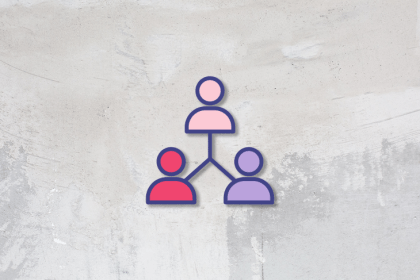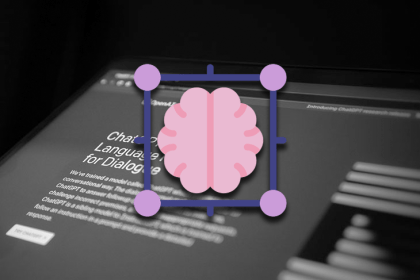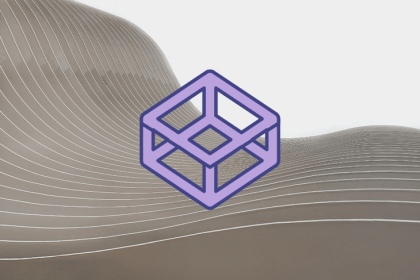
In this guide, we’ll provide some actionable insights to help you implement one of the cornerstone continuous discovery habits: continuous interviewing.

Paper prototyping is really “just sketching,” but it can actually be an incredibly powerful process when used to its full potential.

Can ChatGPT transform the way we work? Today, it’s young and limited in what it can do, but as you’ll see, the potential is huge.

Creating a go-to-market strategy is more art than science. However, it is crucial to start with a hypothesis, do it early, and make it fluid enough to pivot based on data.

Learn what a product architecture is, how to define it, and ways to structure and organize your product to optimize the user experience.

In this article we discuss convergent thinking in product management and how to incorporate it into the product development process

The impact effort matrix is a prioritization method that helps you boost productivity, enhance collaboration, and focus on high-impact tasks.
To speed up delivery, you can either fast-track or crash your project. Fast-tracking overlaps activities whereas crashing adds more resources to each activity.

Business agility is characteristic — it’s a company’s ability to respond decisively and swiftly to fluctuating market conditions and changing customer needs.

Failure to manage and counteract shiny object syndrome can place your organization into a state of constant flux in which it struggles to commit to a single vision, goal, initiative, or direction.

In this article, we introduce the affinity grouping method. We share tools and best practices and examine how you can integrate analytics.

Sprint goals are an essential element of the product development lifecycle because they help the team focus, enable self-organization, and frame expectations across organizations.